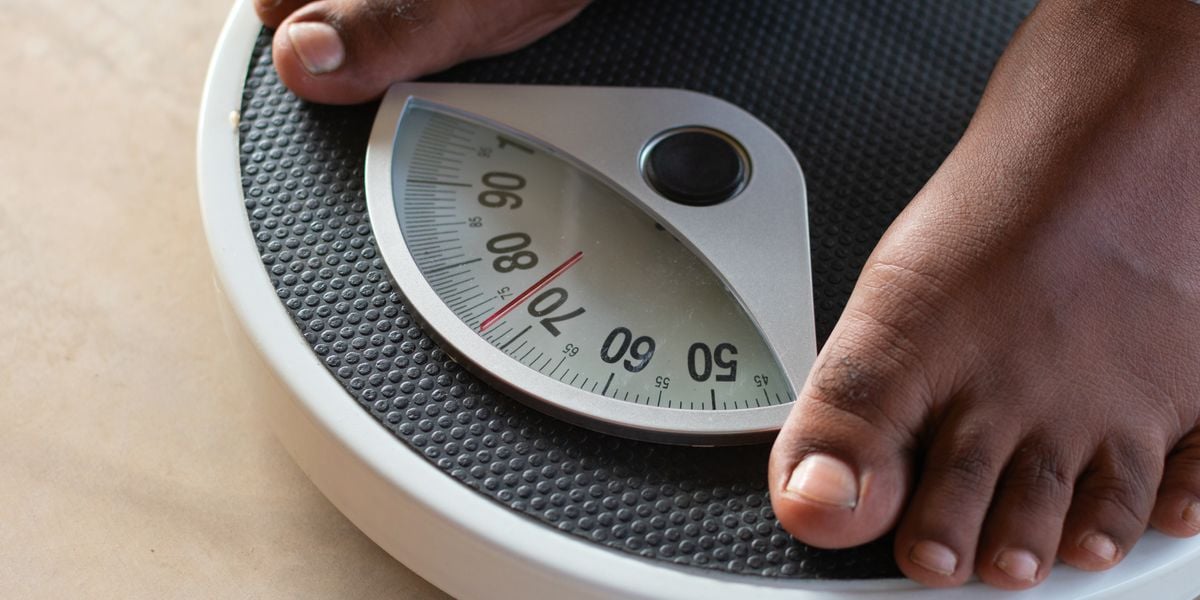
When you’ve been working hard on your weight loss journey, eating well, exercising regularly, and still the scale finally stops budging, it can be disheartening. However, instead of fixating on a number, shifting your focus to what’s really happening inside your body can reveal far more about your progress.
Improving body composition, rather than merely chasing a "normal" BMI, means you’re burning fat and building muscle.
This transformation comes with a range
of “non-scale victories” that can be just as, if not more, rewarding than a
drop in pounds.
Weight on the scale represents the sum of all components in your body; fat, muscle, bones, and water. Traditional measures like BMI fail to discriminate between these different tissues.
For instance, gaining muscle while losing fat might leave your overall weight almost unchanged, yet it indicates a healthier, stronger body.
Muscle is denser than fat and occupies less space, so an individual with a higher lean muscle mass can look leaner and feel fitter even with a similar weight to someone with higher fat mass. Thus, non-scale victories such as smaller waist circumference, increased energy levels, enhanced strength, and improved physical performance reflect more meaningful health benefits.
Non-scale victories are signs of progress that go beyond what the scale can measure. For instance, you might find that your clothing fits more comfortably, your waist has become slimmer, or you’re capable of lifting heavier weights than before. Enhanced energy levels and better sleep quality are additional indicators that your body is responding positively to a healthier routine.
WHY BODY COMPOSITION MATTERS
Prioritising body composition highlights the balance between fat and lean mass, a critical aspect of metabolic health.
Muscle tissue is pivotal in supporting a high metabolic rate, enabling a body with ample lean muscle to burn calories even during rest.
This plays a significant role in maintaining long-term weight loss and enhancing overall health indicators.
Studies show that incorporating resistance training into exercise routines not only aids in reducing fat but also helps preserve or increase muscle mass, benefiting both physical performance and long-term vitality.
It’s common to feel like exercising and eating well isn’t showing immediate results, and that’s completely understandable. However, these lifestyle choices are a valuable investment in your future self.
Even if the scale remains unchanged or progress feels slow, every healthy meal and workout is laying a solid foundation for years to come.
Beyond shedding pounds or burning calories, you’re building muscle strength, boosting your metabolism, and enhancing heart health.
Over time, these consistent habits reduce the risk of chronic diseases, strengthen your bones, and improve mental well-being, all contributing to a healthier and more joyful life as you age.
Stay patient and trust the process, because your efforts today will yield long-term rewards. Picture your future self—stronger, more energetic and enjoying life with greater mobility and independence as the ultimate beneficiary of your dedication.
Lucy Chege: Twitter: @LucyChegeM












